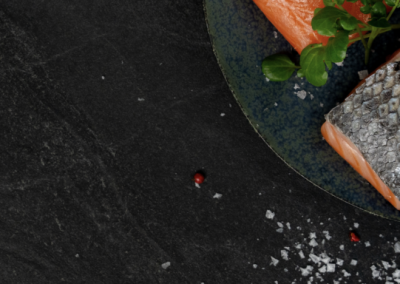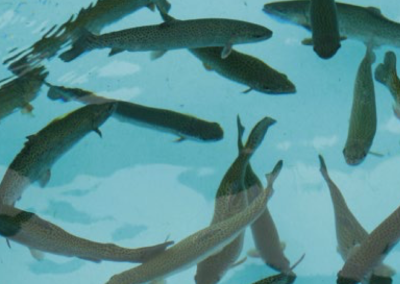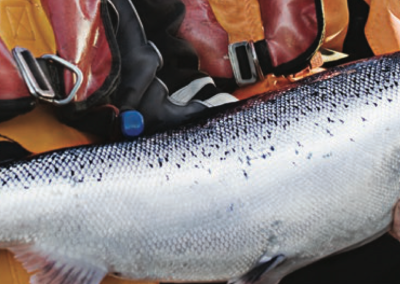Ozone in Aquaculture – Sustainable Water Treatment for Healthier, More Productive Fish Farming
Why Ozone is Essential in Modern Aquaculture
In recirculating aquaculture systems (RAS), maintaining excellent water quality is critical for ensuring fish health, growth, and survival. While continuous reuse of water is one of the advantages of these systems, recirculation means that even small imbalances in organic load, nitrite levels, or bacteria can quickly result in negative impacts on fish production and wellbeing.
Ozone (O₃) has proven to be one of the most effective and sustainable tools to improve RAS water quality – quite simply, ozone enhances fish welfare while reducing operational costs.
Improved Water Clarity through Ozone Micro-Flocculation
In RAS systems, high fish density often leads to accumulation of fine and colloidal solids that bypass standard filtration. Ozone helps by causing these particles to clump together (micro-flocculate), making them easy to remove through sedimentation or filtration.
Reduced Organic Load and Better Biofiltration Performance
Dissolved organic compounds (DOC) from fish waste, uneaten feed, and metabolic by-products can discolor the water and inhibit biofiltration. When ozone oxidizes these compounds, it converts them into more biodegradable forms that can be efficiently removed in a biofilter.
The result:
Nitrite Oxidation – Turning Toxic Nitrite into Harmless Nitrate
High nitrite concentrations are toxic to fish and are a sign of imbalanced bacterial activity.
Ozone directly oxidizes nitrite (NO₂⁻) into nitrate (NO₃⁻) and simultaneously reduces organic load – creating a stable environment where beneficial nitrifying bacteria thrive.
Pathogen Reduction and Disease Prevention
While ozone is not used in RAS primarily for disinfection, its ability to reduce solids and organic matter naturally limits pathogen growth. Ozone inactivates viruses, fungi, unwanted bacteria, and parasites, minimizing disease outbreaks and antibiotic use.
Main benefits
Increase overall plant productivity
Faster Growth: Increase in slaughter weight
Disinfection: Reducing the risk of disease outbreaks in RAS environment
Removal of dissolved organic compounds and discolouration
Partner with Primozone for Smarter Aquaculture
With decades of experience in advanced ozone technology, Primozone helps fish farms and RAS facilities worldwide achieve better water quality, higher yields, and healthier fish populations.
Let us help you design the optimal ozone water-treatment solution for your aquaculture system. Contact our experts to learn more about how ozone can revolutionize your fish-farming operations.
Download PDF
Is ozone safe for fish and biofilters?
Yes. When handled correctly, ozone is both safe and highly effective. Contact us and we’ll help you determine the right solution for your system.
How much ozone is needed in a RAS system, and how is the dosage controlled?
The optimal amount of ozone depends on several factors, including water volume, organic load, fish density, contact and retention time, and desired residual concentration. A commonly used guideline is to dose 10–15 grams of ozone per kilogram (4.5–6.8 g per pound) of feed per day in systems.
How Primozone® Enhances Your Aquaculture Productivity
Primozone provides complete ozone water-treatment solutions tailored for recirculating aquaculture systems. Our GM Series ozone generators are designed with the unique demands of aquaculture in mind:
- Compact design – easy to integrate into existing systems
- Built-in redundancy – ensures reliability and uptime
- Fully automated control – based on redox/ORP values per tank
- Low life-cycle cost – energy-efficient and low maintenance
- Modular ozone distribution – allows precise ozone dosage to each tank
- Each system is engineered for maximum efficiency and minimum risk, ensuring that your fish thrive while your operations remain sustainable and cost-effective.
Sustainable by Nature
Ozone decomposes naturally into pure oxygen, leaving no harmful residues.
This makes it the most environmentally friendly solution for water disinfection and treatment in aquaculture – supporting both profitability and sustainability.



